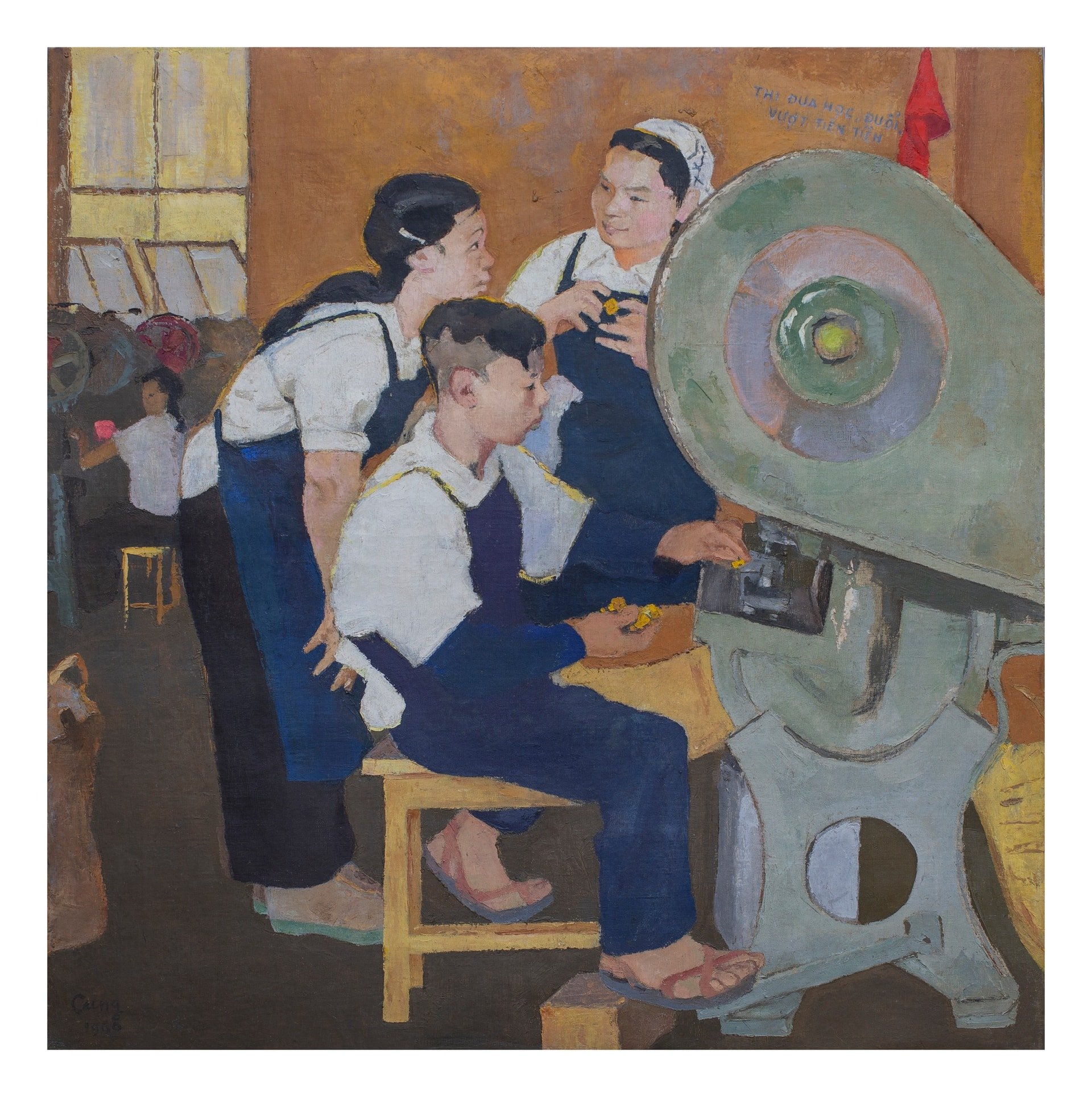
Photo: Vietnam Museum of Fine Arts
This is a special activity in a series of events celebrating the 100th anniversary of the establishment and development of the Indochina College of Fine Arts - the predecessor of the Vietnam University of Fine Arts.
The exhibition brings together 150 typical paintings, statues, and reliefs, recreating the journey of a century of training and artistic creation of the first academic art school in Indochina. Since the first course opened in 1925, generations of lecturers and students of the school have left many deep impressions through creation and research of artistic values closely linked to the historical periods of the country.
The exhibition space is arranged in 6 parts: French teachers - a source of inspiration for students and modern Vietnamese fine arts; Students yearning for a new face of national fine arts (1925-1945); The transformation from Indochina fine arts to revolutionary fine arts serving the resistance war (1945-1957); Transforming Indochina fine arts heritage into socialist realist fine arts (1957-1981); Innovation along the integration journey (1981-2008); Integration and expansion of art (2008-present).
Based on the close relationship between the school and the process of forming modern Vietnamese fine arts, the exhibition introduces to the public a comprehensive perspective from training activities to creation. The exhibited works are selected from the collection of the Vietnam University of Fine Arts, the Vietnam Fine Arts Museum, with contributions from the A&V Foundation and the family of artist Ngo Manh Lan. Most of the paintings and sculptures displayed in the exhibition are works that are very rare or have never been published.
In his opening speech, Deputy Minister of Culture, Sports and Tourism of Vietnam Ta Quang Dong said that exactly a century ago, the Indochina University of Fine Arts opened its first course, opening a period of strong innovation for Vietnamese fine arts through the absorption of the quintessence of Western plastic arts. The exhibition is a vivid testament to the school's century-long journey of formation and development. Each work on display is the crystallization of the talent, passion and creative aspirations of many generations of artists, reflecting the characteristics of fine arts through each historical period. This is not only the pride of the Vietnam University of Fine Arts, but also a precious cultural asset of the nation, demonstrating the confidence, mettle and integration spirit of Vietnamese art in the global flow.
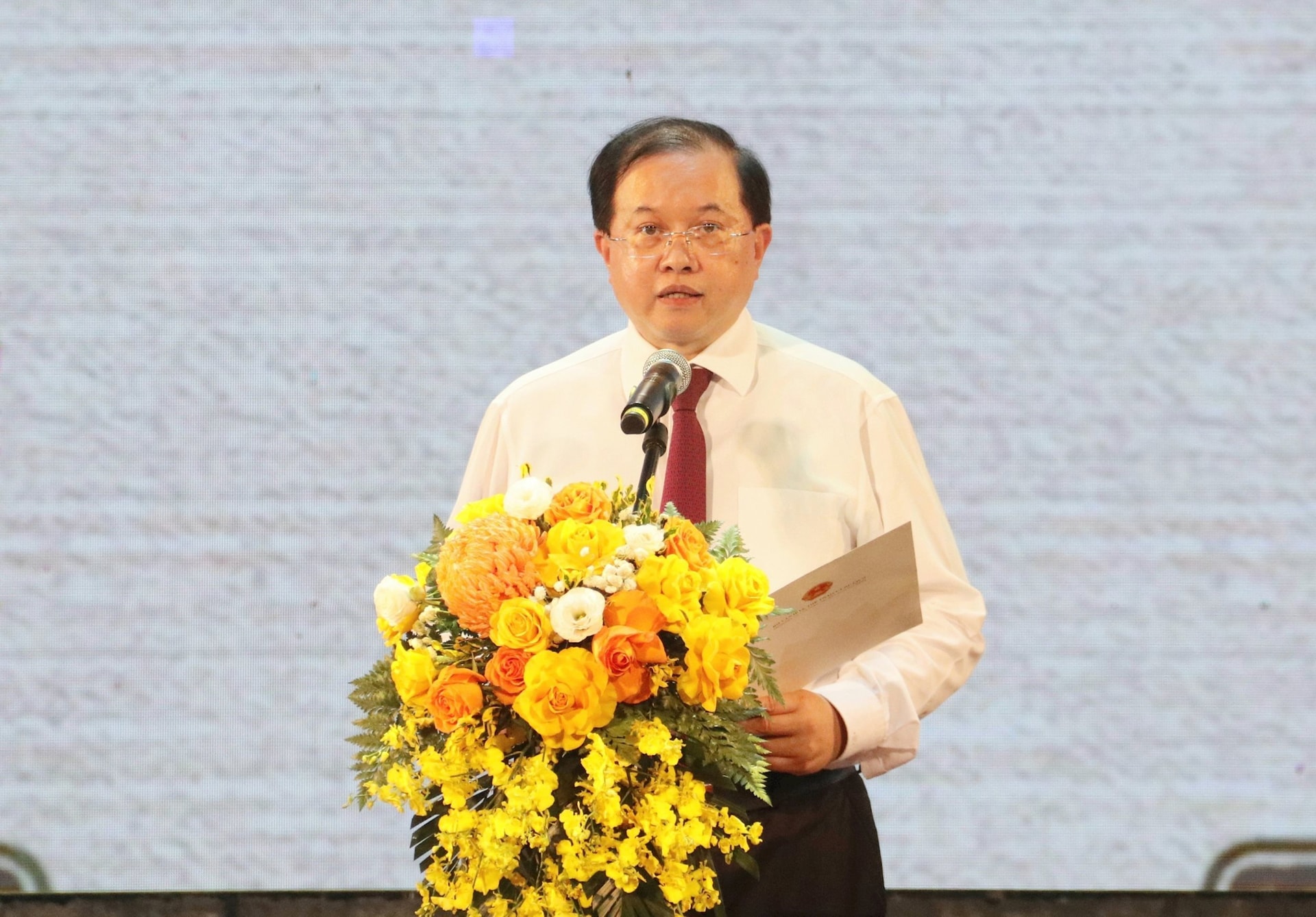
Deputy Minister Ta Quang Dong emphasized that the exhibition is an opportunity to pay tribute and honor generations of principals, lecturers, painters, and sculptors who have devoted themselves to the country's fine arts career. From those who laid the foundation such as Victor Tardieu, Évariste Jonchère, To Ngoc Van, Tran Van Can to famous painters and sculptors Nguyen Phan Chanh, Nguyen Gia Tri, Nguyen Sang, Nguyen Tu Nghiem, Diep Minh Chau, ... and many generations of artists who followed. All have contributed to creating a unique appearance of Vietnamese fine arts that is both imbued with the national spirit and the breath of the times.
Dr. Nguyen Anh Minh, Director of the Vietnam Fine Arts Museum, said that from the desire to preserve beauty to the desire to create new beauty, the 100th anniversary of the Vietnam University of Fine Arts is a special time to look back on the journey of modern Vietnamese fine arts. He recalled the special role of painter Nguyen Do Cung, a student of the 5th class of the Indochina University of Fine Arts, who held the position of first Director, and contributed to laying the foundation and development direction for the current Vietnam Fine Arts Museum. The museum currently preserves and honors many valuable collections of generations of artists throughout the country. Notably, 60% of the works in the Modern Collection are creations of painters, sculptors, lecturers and students of the Vietnam University of Fine Arts. The relationship between the museum and the school continues to be strong as a natural process of training - creation - preservation - promotion, contributing to nurturing and spreading the good values of Vietnamese fine arts to domestic and international audiences.
The training history of the Vietnam University of Fine Arts is divided into two major periods: 1925 - 1945 and from 1945 onwards. Each period has its own characteristics, closely linked to the historical and social context and the dominant ideology of the time.
The first stage was the process of harmonizing the Asian aesthetic spirit with European plastic science , creating the famous Indochinese style. Since the August Revolution in 1945, with the spirit of "National - Scientific - Popular", the school continued to expand training methods associated with resistance practices, creation in life, aiming to serve the people and the country.
After a period of suspension (from 1946 to 1950) due to the war, in 1955, the School returned to 42 Yet Kieu (Hanoi), opening a new period associated with the name of the devoted principal, who is also the leading painter of Vietnamese fine arts, To Ngoc Van. Since then, the school has constantly innovated, adapted to the requirements of modern fine arts development, and expanded international integration. The excellent creative lessons of students from many generations are preserved as important documents reflecting the artistic thinking of each period.
The exhibition is open until November 22 at the Vietnam Museum of Fine Arts (66 Nguyen Thai Hoc, Hanoi).
According to VNASource: https://baohaiphong.vn/tai-hien-hanh-trinh-100-nam-my-thuat-hien-dai-viet-nam-526638.html


![[Photo] Unique art of painting Tuong masks](https://vphoto.vietnam.vn/thumb/1200x675/vietnam/resource/IMAGE/2025/11/14/1763094089301_ndo_br_1-jpg.webp)


![[Photo] Unique architecture of the deepest metro station in France](https://vphoto.vietnam.vn/thumb/1200x675/vietnam/resource/IMAGE/2025/11/14/1763107592365_ga-sau-nhat-nuoc-phap-duy-1-6403-jpg.webp)





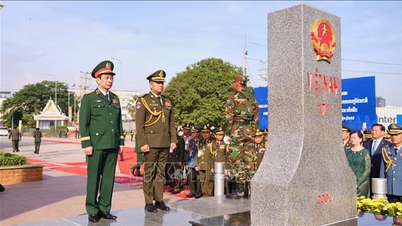












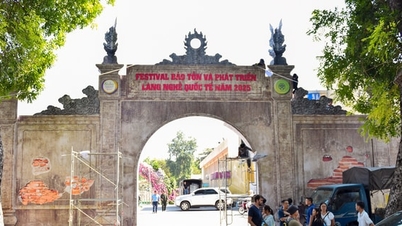










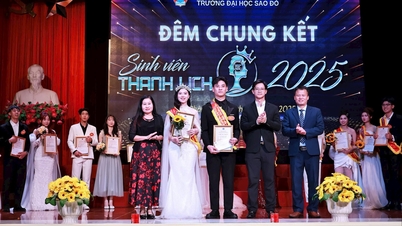
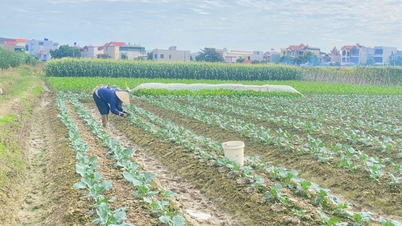

![[Photo] Special class in Tra Linh](https://vphoto.vietnam.vn/thumb/1200x675/vietnam/resource/IMAGE/2025/11/14/1763078485441_ndo_br_lop-hoc-7-jpg.webp)








































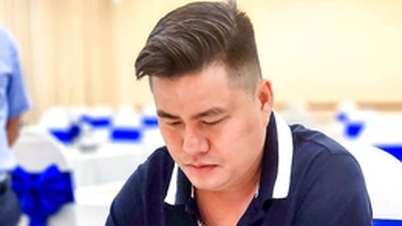


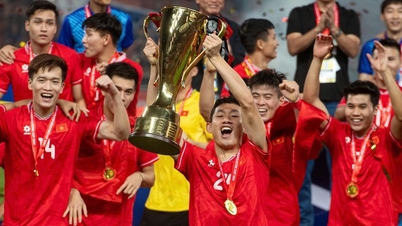


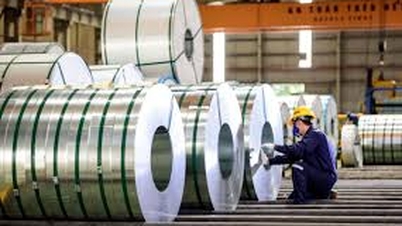


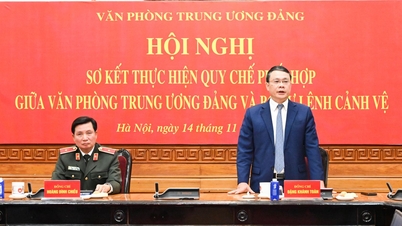

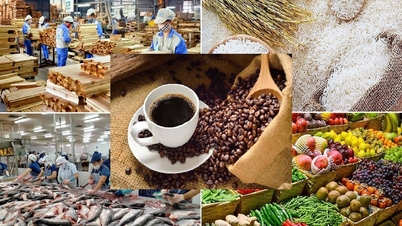
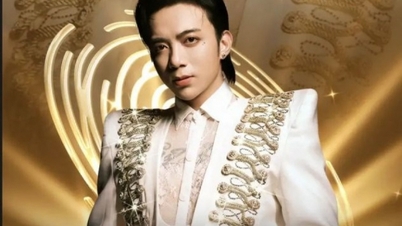

















Comment (0)